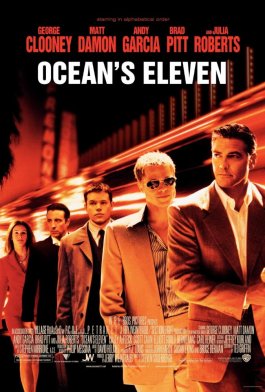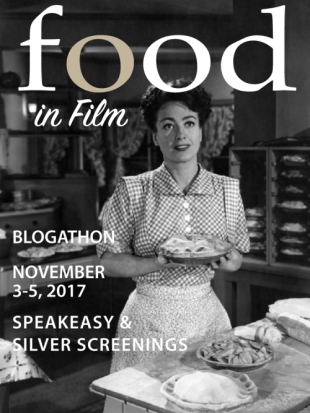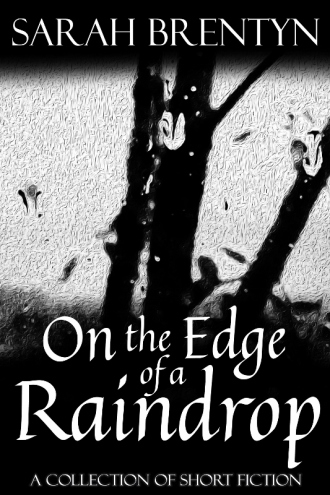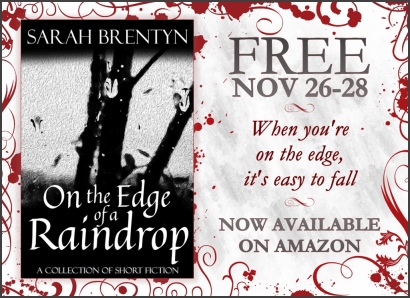
Five high school students, profoundly different, thrown together on a Saturday at school for detention. Hilarity and drama ensue. Obviously. It’s an 80s flick.
The characters are stereotypical and over-the-top representations of a brain (nerd/geek/academic/unpopular), an athlete (jock/varsity guy/popular), a basket case (outcast/odd/loner), a princess (rich/pretty/spoiled/popular), and a criminal (trouble-maker/rebel/misanthrope).
When I saw the Food in Film blogathon, I immediately thought of this. Yes, the title has a meal in it. That’s not why we’re here. I want to talk about the lunch scene. Aside from being comical, the food (and presentation of it) personifies each character. You can learn (almost) everything you need to know them from a 3-minute clip.
The criminal has no lunch and takes the opportunity to harass and belittle the other students about what they’re eating.
The princess brings out an elaborate sushi tray, complete with chopsticks, and delicately pours the soy sauce.
The athlete piles a full-size bag of potato chips and cookies next to his three sandwiches, an entire carton of milk, then, almost as an afterthought, looks in his bag and digs out a banana and an apple.
The basket case discards the deli meat in her sandwich, dumping sugar on the remaining (mismatched) pieces of bread and adding sugared cereal before eyeing the rest of the kids and taking a colossal, crunchy bite.
The brain, whose lunch has been grabbed by the criminal, has an embarrassingly juvenile meal of peanut butter and jelly (with the crusts cut off), apple juice (in a juice box with attached straw), and a thermos of soup.
It’s just such a brilliant scene. In a few minutes, you know who these kids are and what their home life is like. Even the bags (or lack of) give viewers a glimpse of each character.
You don’t need to have seen The Breakfast Club to understand this, it won’t ruin the movie, and I barely did it justice in the description. So, please, click here to watch the lunch scene. It’s awesome.
Sincerely yours, the Breakfast Club

I simply can not write a Food in Film post without mentioning Rusty from Ocean’s Eleven. Even with a cast of top-notch actors and fab performances, he still stands out. Why? Well, one reason is that he’s eating or drinking in pretty much every scene. I find this kind of hilarious and a fun little fact that many who have seen this movie notice. And talk about. And laugh about. And, apparently, put up on YouTube. Check this out: Rusty’s Food Supercut
When others are fretting, fighting, planning, spying, whatever…Rusty is eating. He is also doing many other things but this becomes a character trait. One that sticks in the minds of viewers.
As writers, this is one thing you can (and really should) do for your characters. Give them a quirk, a habit, something that makes them a bit more three-dimensional and memorable.
Hey, writer friends, here’s something to chew on: How does food feature in your story? What does your main character like to eat? Are there any foods he or she hates? Why? Also, as in the case of Rusty here, what food-related habits does your character have (if any)?

This post is part of the Food in Film Blogathon hosted by Speakeasy and Silver Screenings. Thanks to Kristina and Ruth for this fun, foody blogathon. #FoodInFilm2017
photo source IMDb
photo source IMDb







